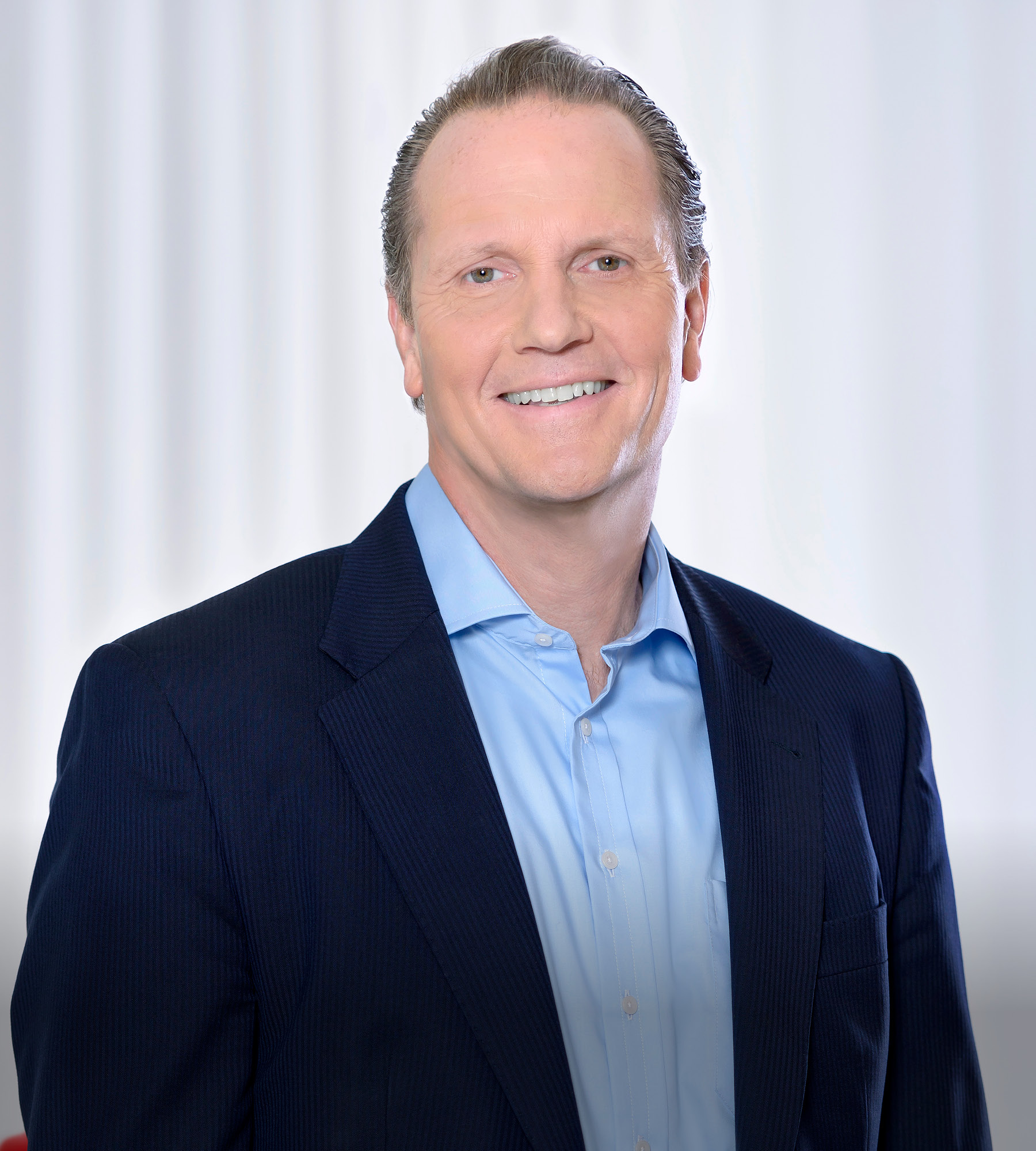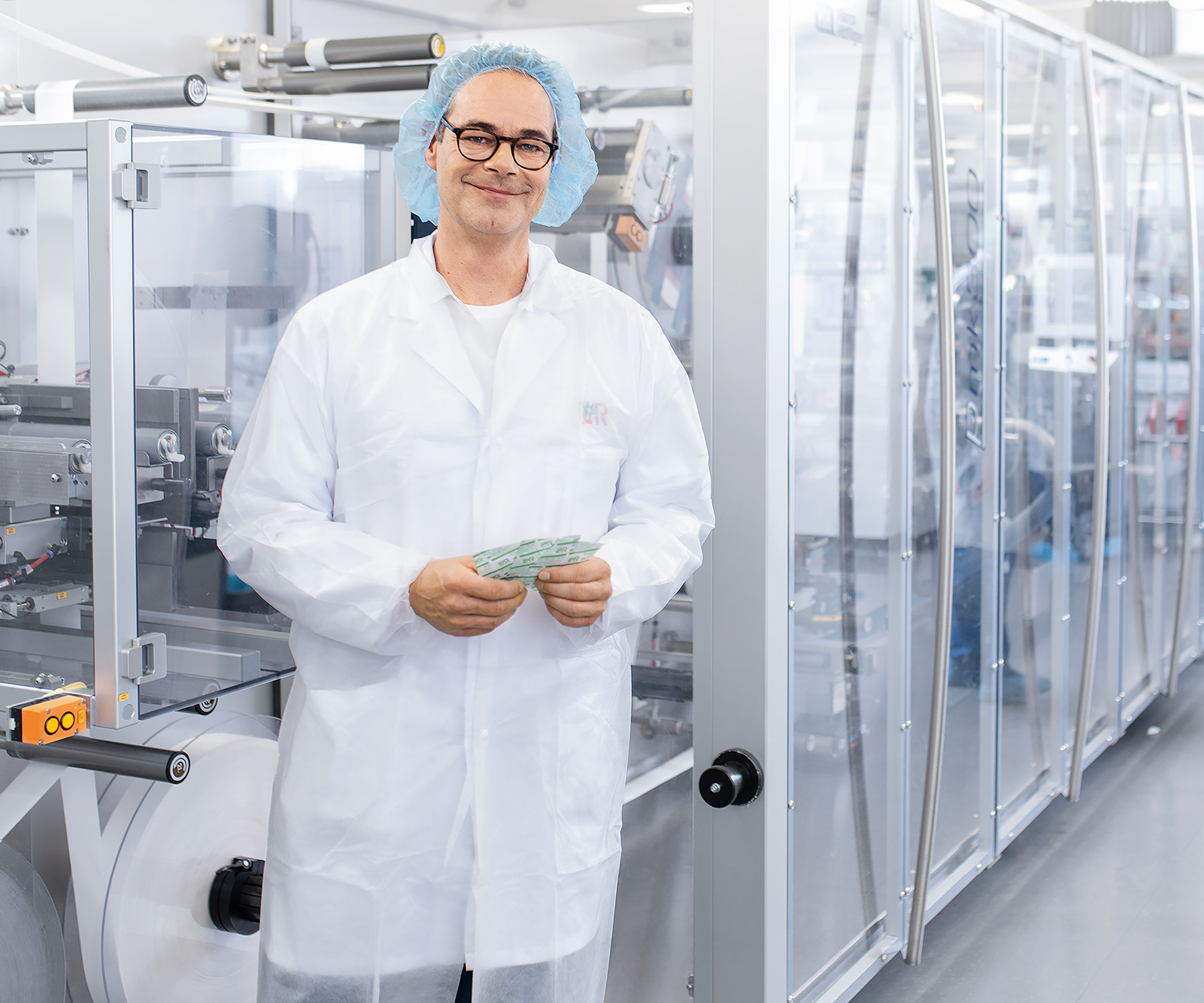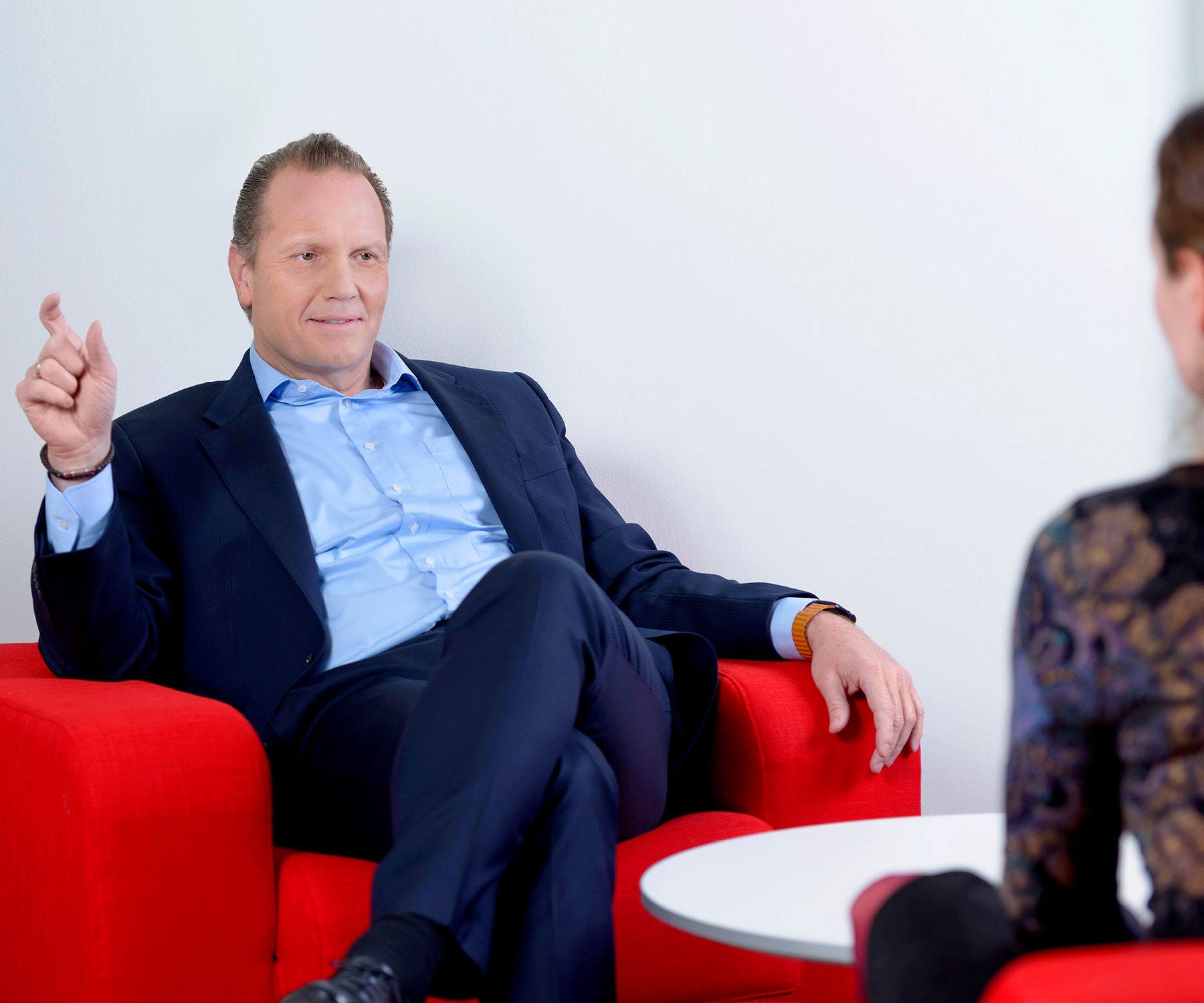Language
You can read the magazine in one of the following languages
Geolocation
You can read the global content or the content from your region


When Wolfgang Suessle was elevated to CEO of Lohmann & Rauscher Group in 2011, he outlined three priorities: growth, innovation and internationalization. “Those were basically the three key pillars that we put into place that led up to 2020,” Suessle tells The CEO Magazine.
Lohmann & Rauscher (L&R) is an innovator, manufacturer and supplier of medical devices and hygiene products ranging from conventional dressings and bandages to modern nursing systems and operating room solutions. The company was created in 1998 through the merger of German-based Lohmann and Austrian-based Rauscher – founded in 1851 and 1899 respectively.
Suessle joined L&R in 2003, assuming responsibility for its production and overseeing its engineering technology. He was tapped with overhauling the company’s consumer business (feminine hygiene, first aid products and cotton wool products) in 2007, a task he describes as a “turnaround mission”, which he successfully delivered.

“My team and I took the opportunity to redefine the strategy of the Group, continuing the success story of L&R.”
The advisory board appointed him as CEO in 2011. “Although I never joined L&R with the objective to become CEO, it was a great opportunity to help shape the future and the development of L&R,” Suessle remembers thinking at the time of his appointment. “My team and I took the opportunity to redefine the strategy of the Group, continuing the success story of L&R.”
He set out a strategy and goals to reach by 2020, starting with growth, which entailed increasing economies of scale, expansion and gaining a larger market share than competitors. The plan also focused on innovation, which has become a calling card for L&R. Suessle tripled the headcount in the R&D department, allowing L&R to release 15 to 20 new products annually, and doubled the sales and marketing team.
The final pillar of the strategy prioritized internationalization for a company with a strong presence in Europe, but rather little exposure to markets further afield. Expanding L&R’s global footprint helped to mitigate risk and drive growth, according to Suessle. “We have founded various companies and we’ve acquired many more companies over the journey starting from 2010,” he explains. “We are present today in five continents of the world.”
Lohmann & Rauscher achieved all those objectives. Now, Suessle and his team are working toward a revamped strategy, SUCCESS+2030, which builds on the company’s reputation for developing superior medical products. “We still want to continue to grow, and we still want to grow more internationally. But there are some more important elements in that strategy,” Suessle says.
“We developed the L&R house of strategy. In the top layer, or the roof, we have our people, purpose and values. Then we target our profitability in the next layer, and below there are our growth elements. At the base of the house is functional and process excellence.

Image credit: Lohmann & Rauscher
“The clear vision of this strategy is to continue to outperform the market, be a benchmark as far as growth is concerned and gain more leverage across the world.”
L&R has charted its path for success in the 2020s. But Suessle is quick to recognize the challenges confronting the privately held company, which successfully weathered the pandemic thanks to agility, ingenuity and hard work, along with strong supply chains and supplier partnerships.
“We still want to continue to grow, and we still want to grow more internationally. But there are some more important elements in that strategy.”
The post-pandemic landscape of high inflation and energy costs presents a challenge to the company, according to Suessle. “One clear focus will be to maintain competitiveness,” he says.
The MedTech sector can also be especially competitive and prone to disruption, where the next big breakthrough could jeopardize its business model, he says, explaining his emphasis on advancing digitization and automation.
Another ongoing challenge is attracting top talent. “We must develop them in-house as much as we can, providing development opportunities for our employees and motivate them to stay with us,” he explains.
L&R enforces a culture of agility and flexibility among employees and executives, which are attributes Suessle credits with the company’s success. “We need to stay agile, flexible and proactive in the things we do. The bigger companies become, the higher inertia becomes. We don’t want to lose that flexibility,” he says.
“Fast decision-making is one of our strengths and principles, and I think we’ve got to maintain that. Thinking in the mid to long-term, L&R needs to be able to foster change, because things we do today possibly won’t work tomorrow.”
Innovation and customer proximity have proven an antidote to uncertainty for the company. With its OPTILINE service, employees work with hospital staff on optimizing their process flows, Suessle explains. “We go into the surgery room. We observe how they prepare the surgery rooms, how they prepare the patient, how they dress them up themselves. We look into all the procedures and then provide them with consultancy or advise them how they can do them better,” he says.

“The bigger companies become, the higher inertia becomes. We don’t want to lose that flexibility.”
Suessle also points proudly to the efforts being made to make L&R even more customer-centric, while also courting close relations with suppliers. With supply chains seizing up, L&R introduced a regular email informing customers of backlogs, while providing them with options such as selecting alternatives or canceling if products were arriving too late.
“If you can keep everyone informed, it reduces a lot of stress from the situation. Thanks to our assortment of more than 18,000 products, we can be a one-stop shop for customers,” Suessle says. “They have the possibility to have one reliable supplier that is delivering quite a big portfolio. It’s less effort and reduces their complexity.”
All the innovations, he says, stem from L&R’s pursuit of functional excellence. “It is one of the clear focus areas for us in our new strategy,” he says.